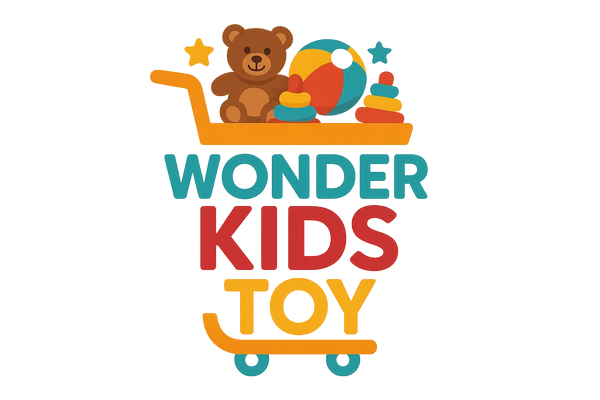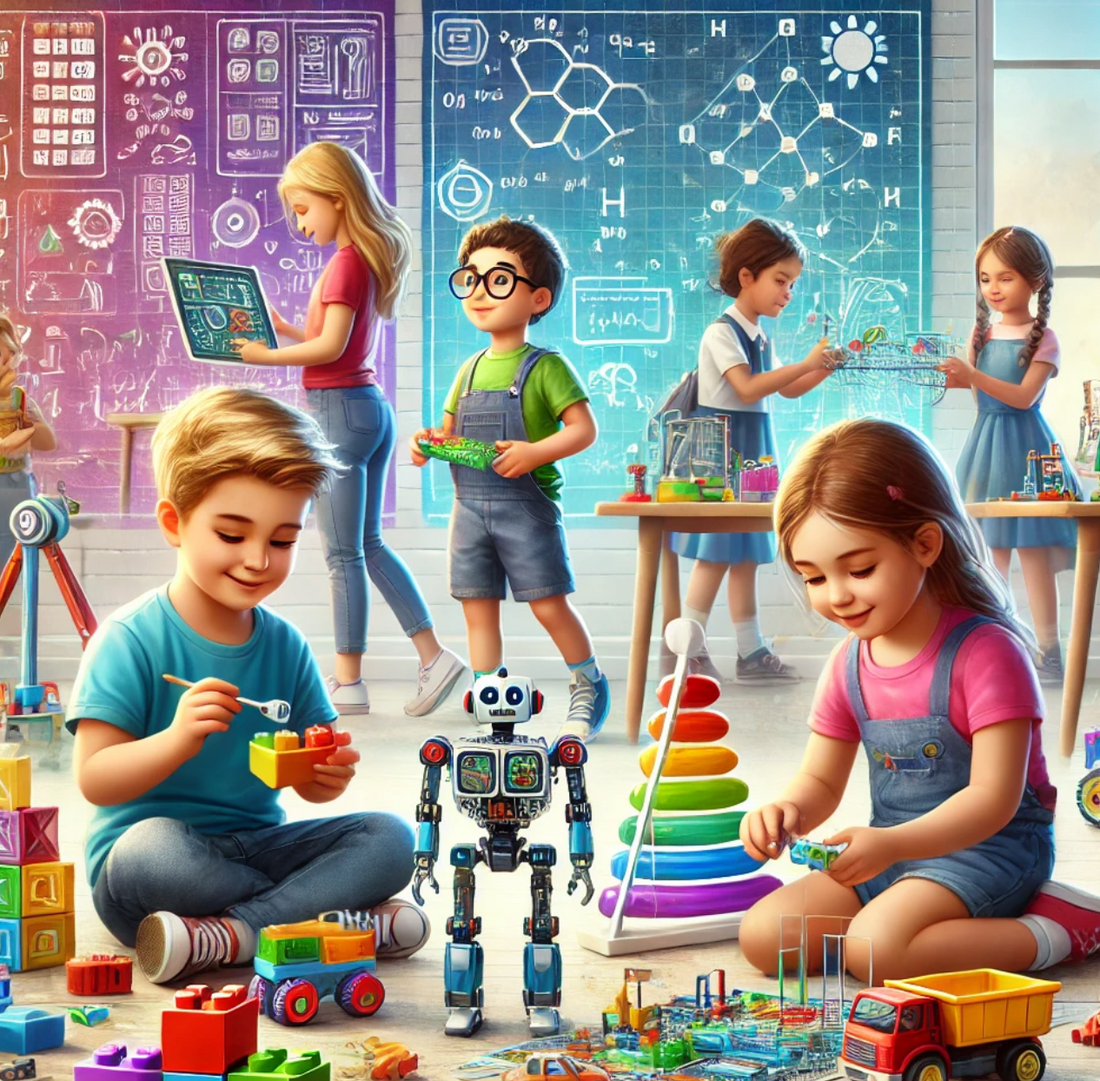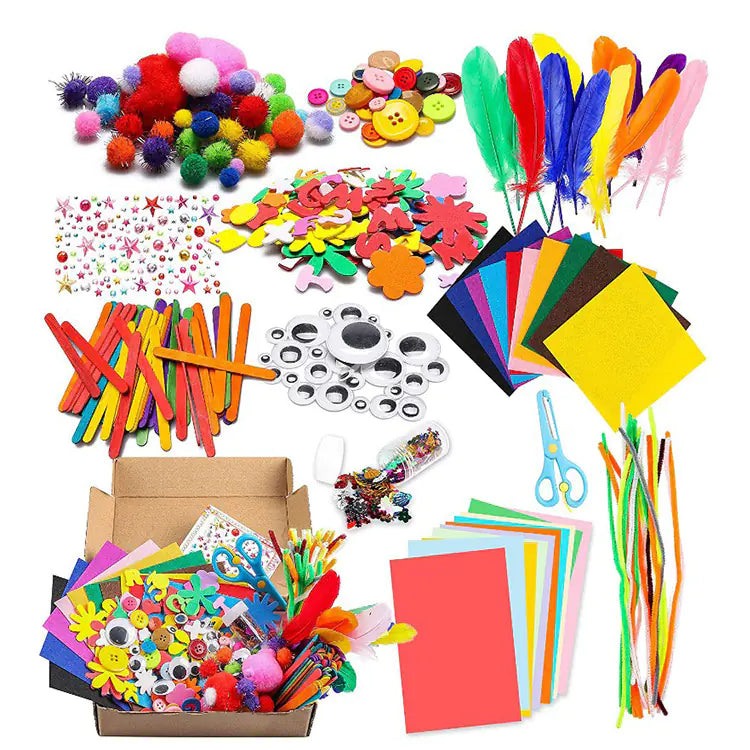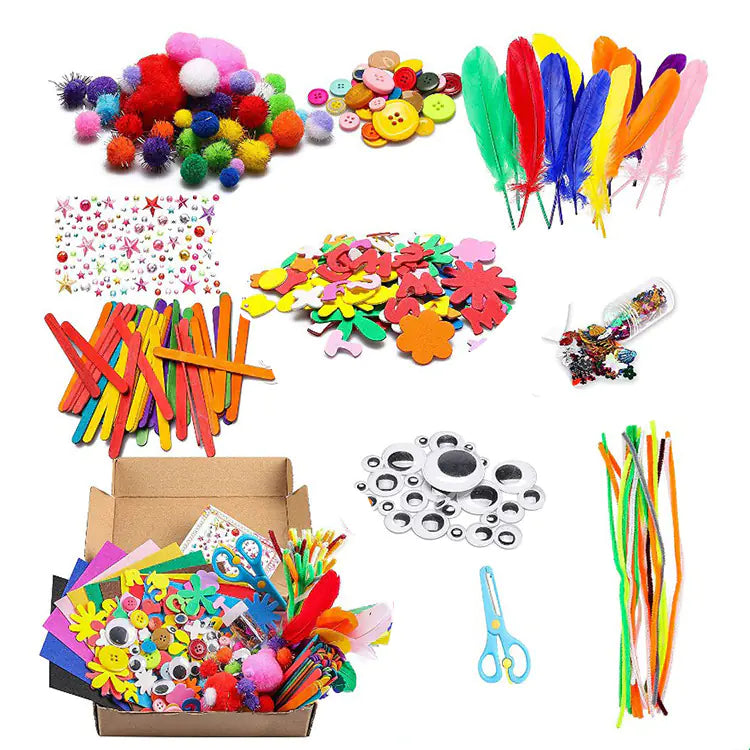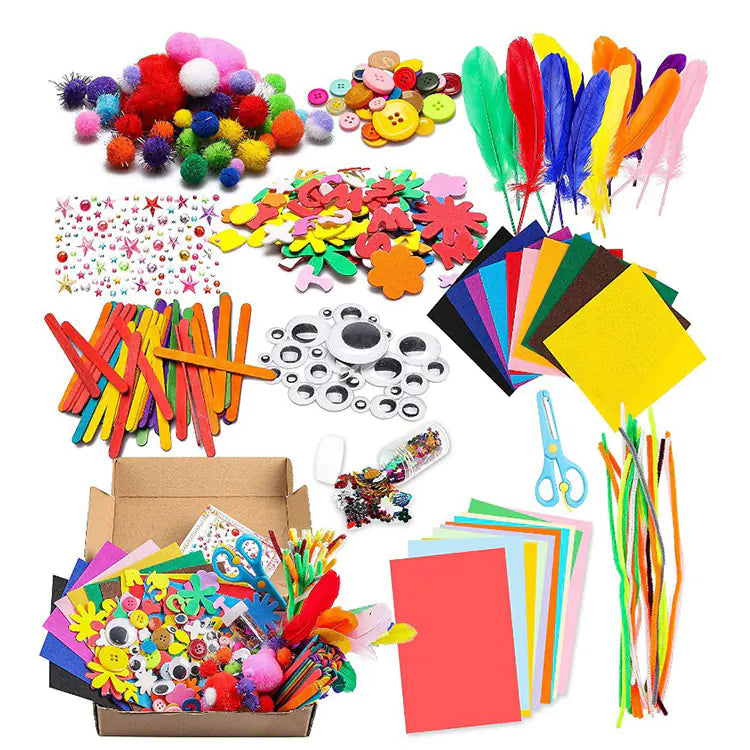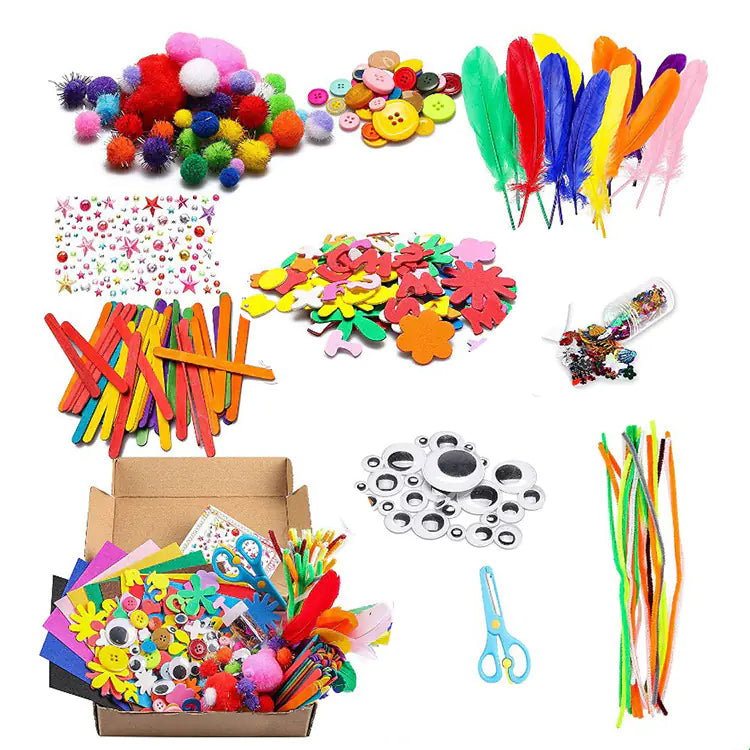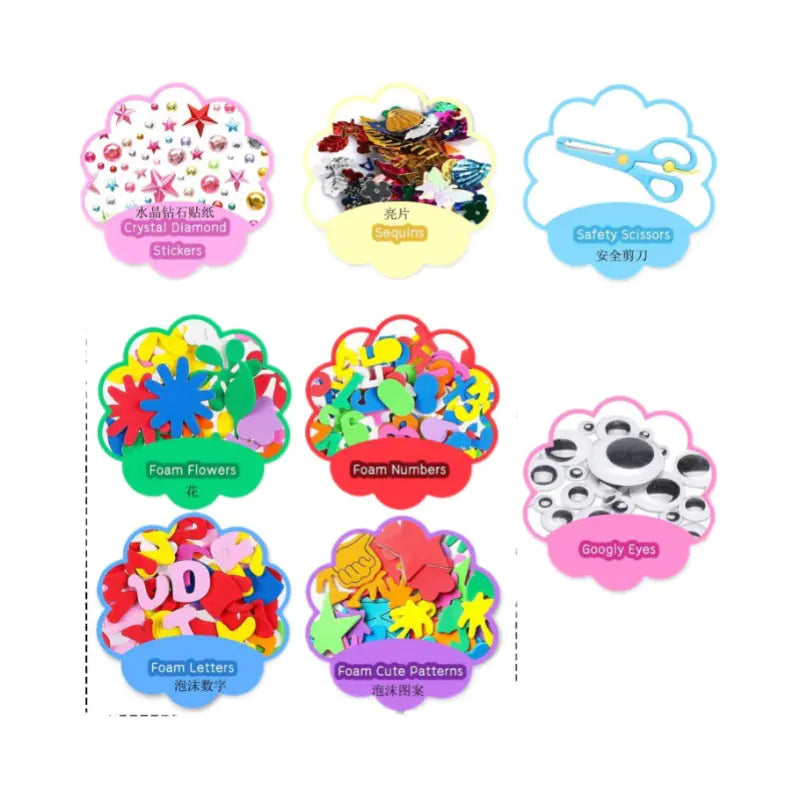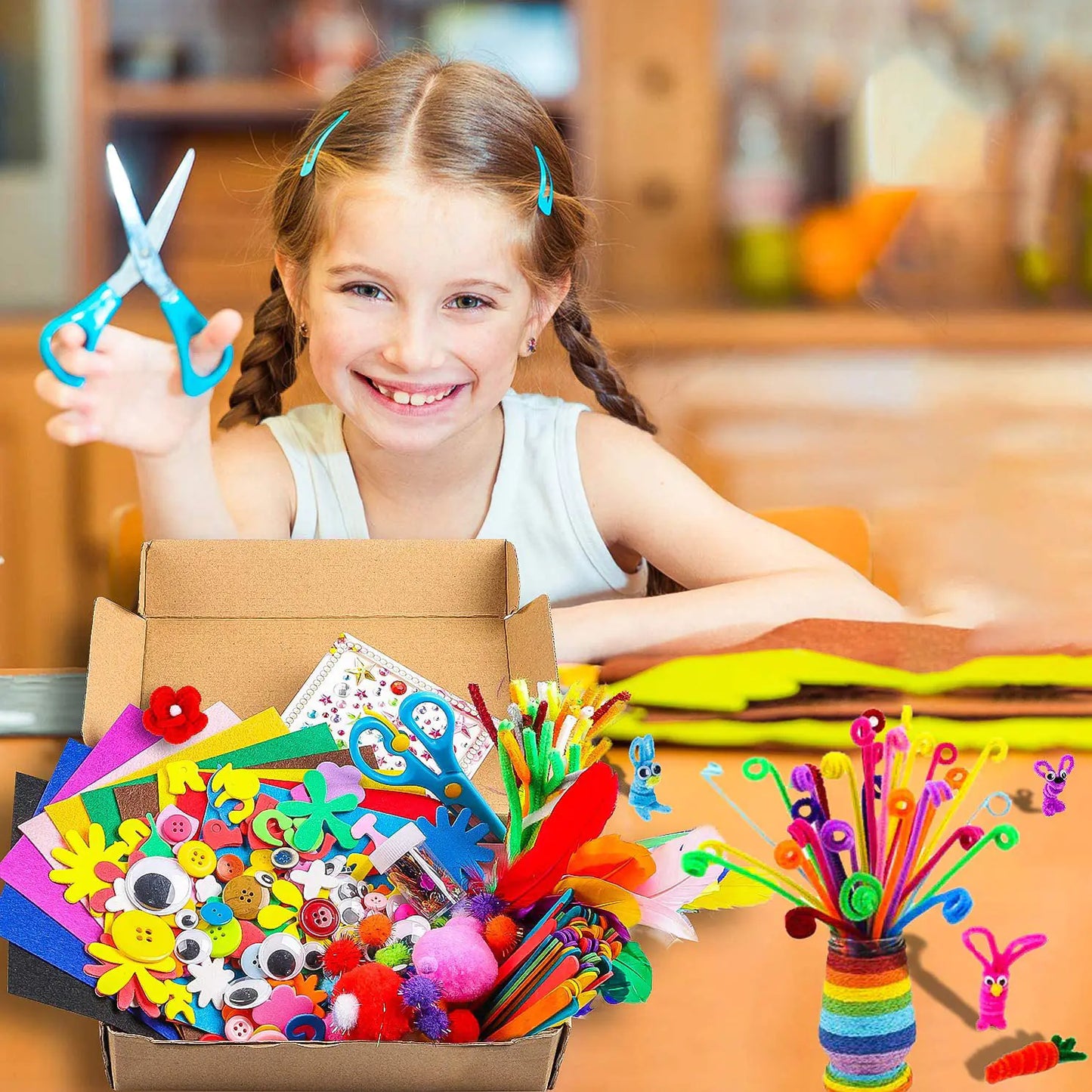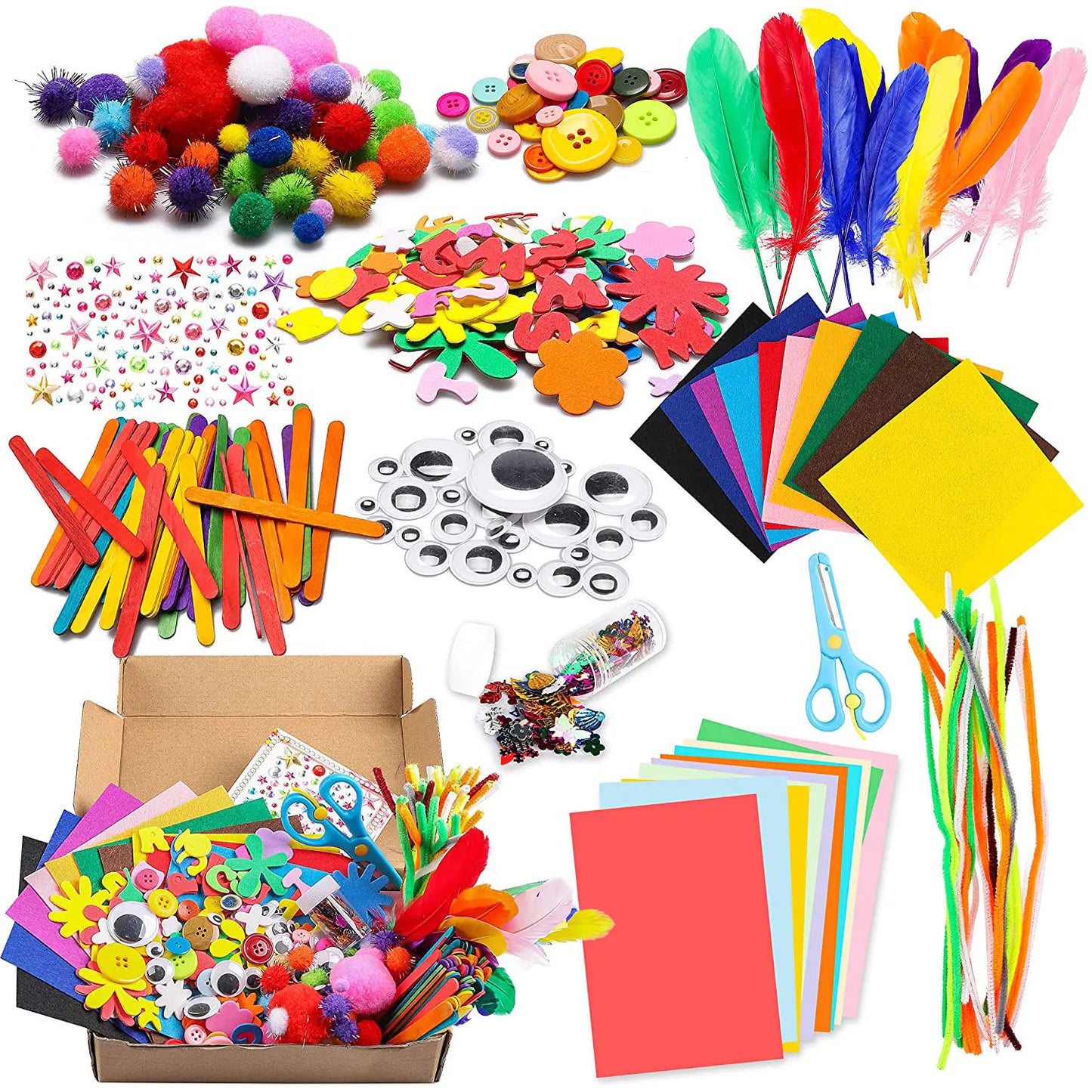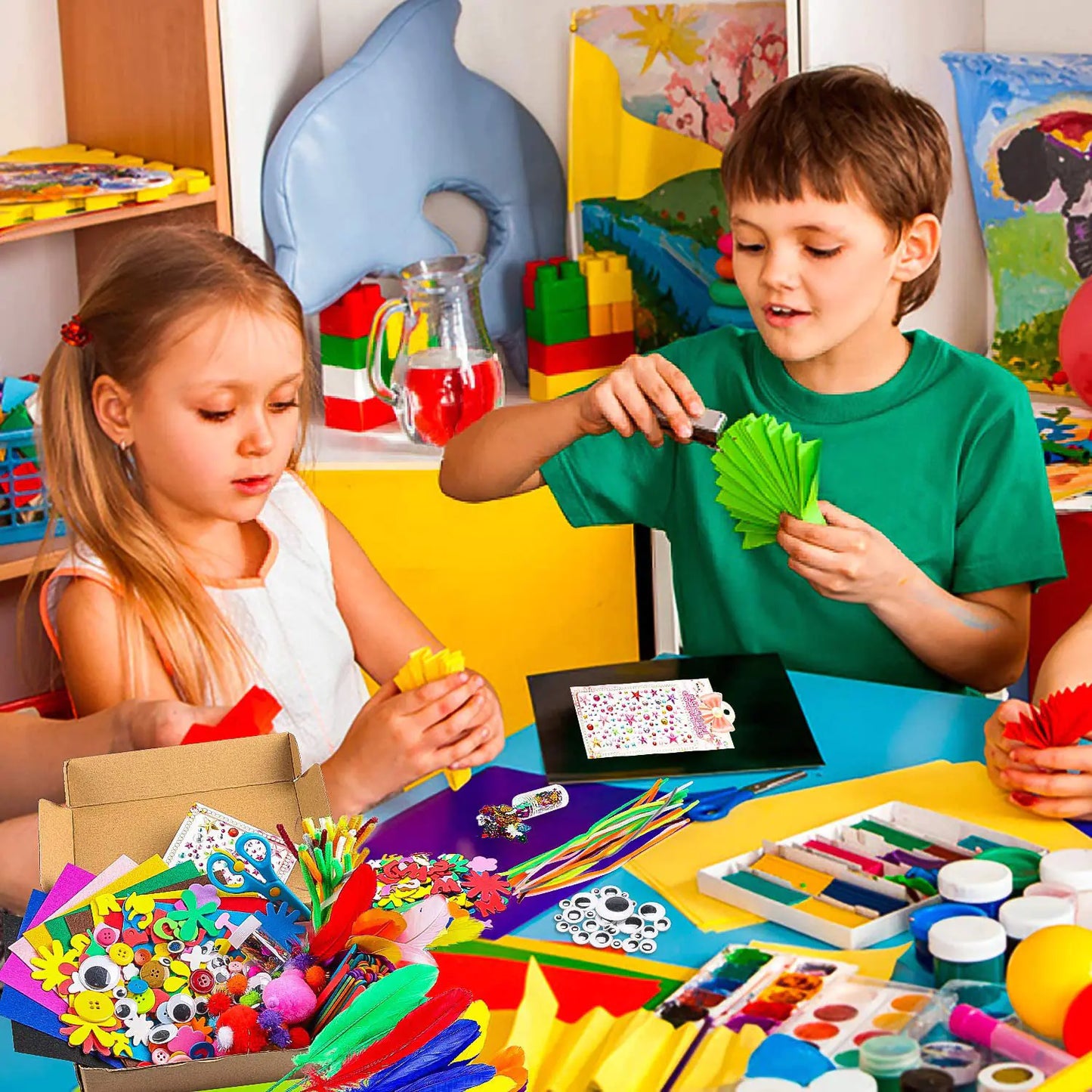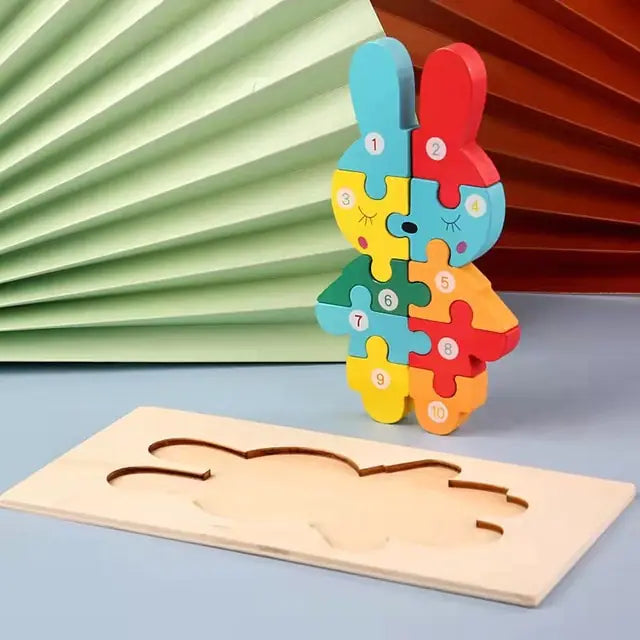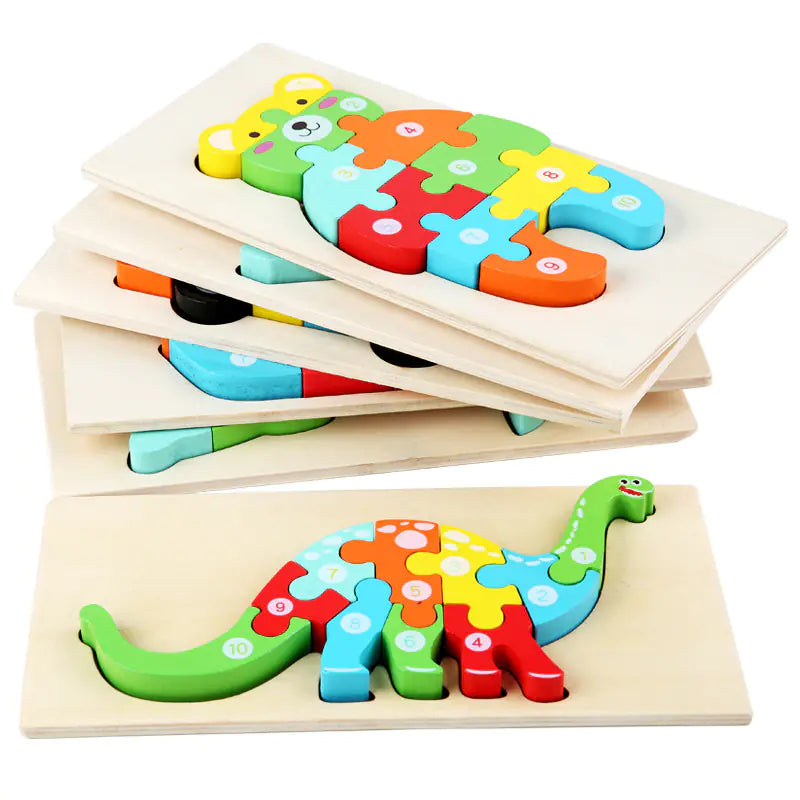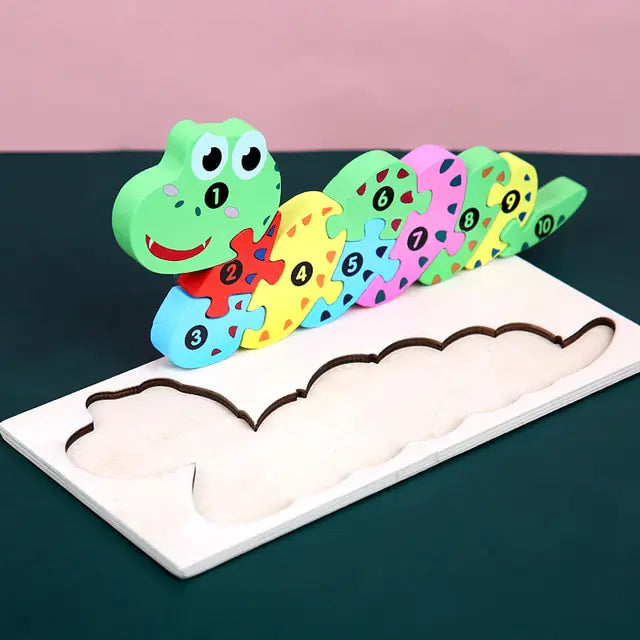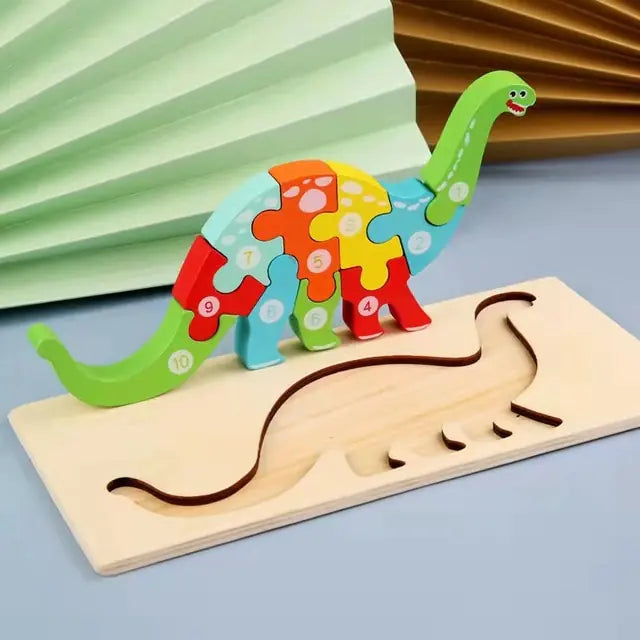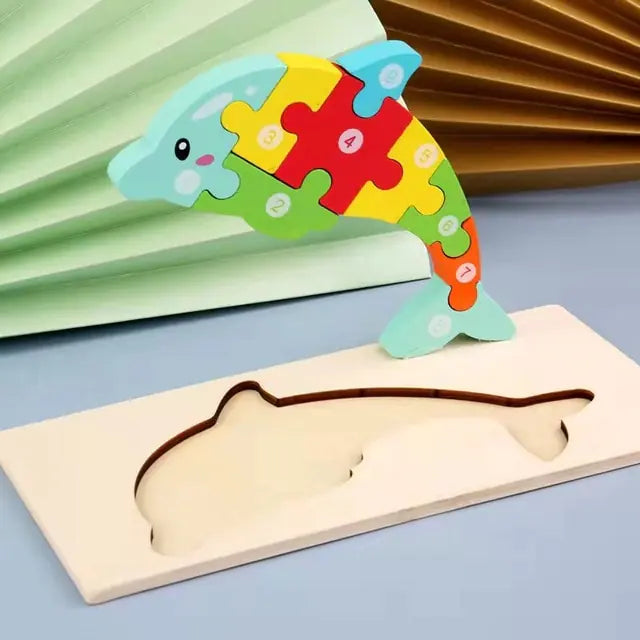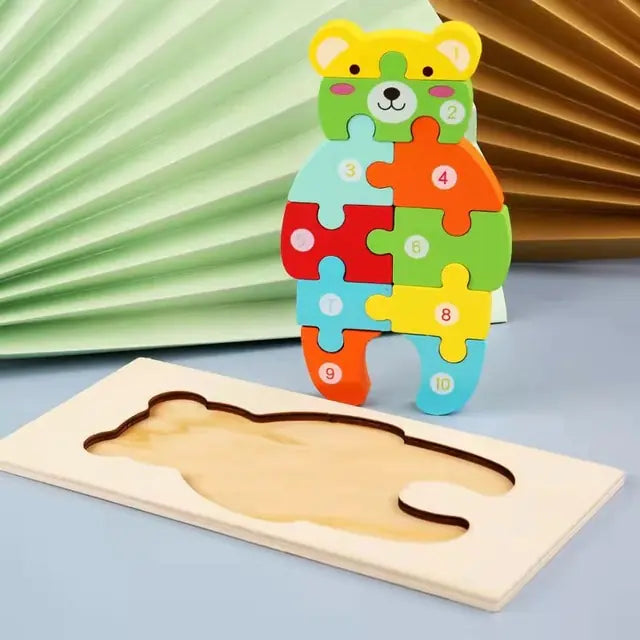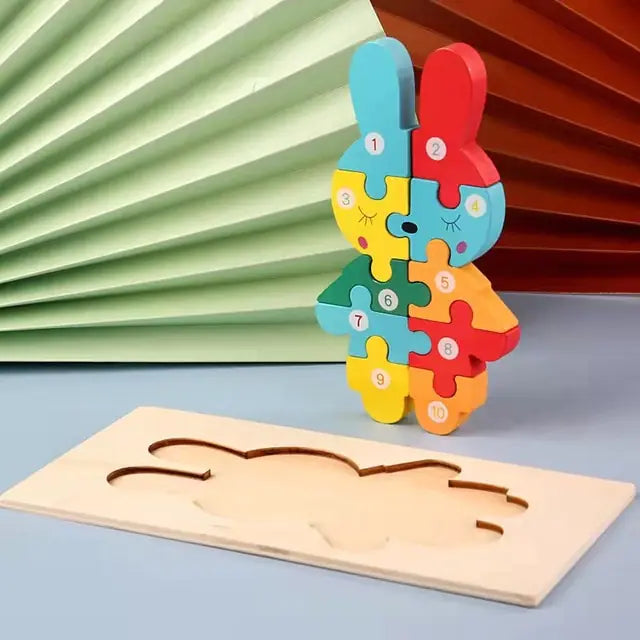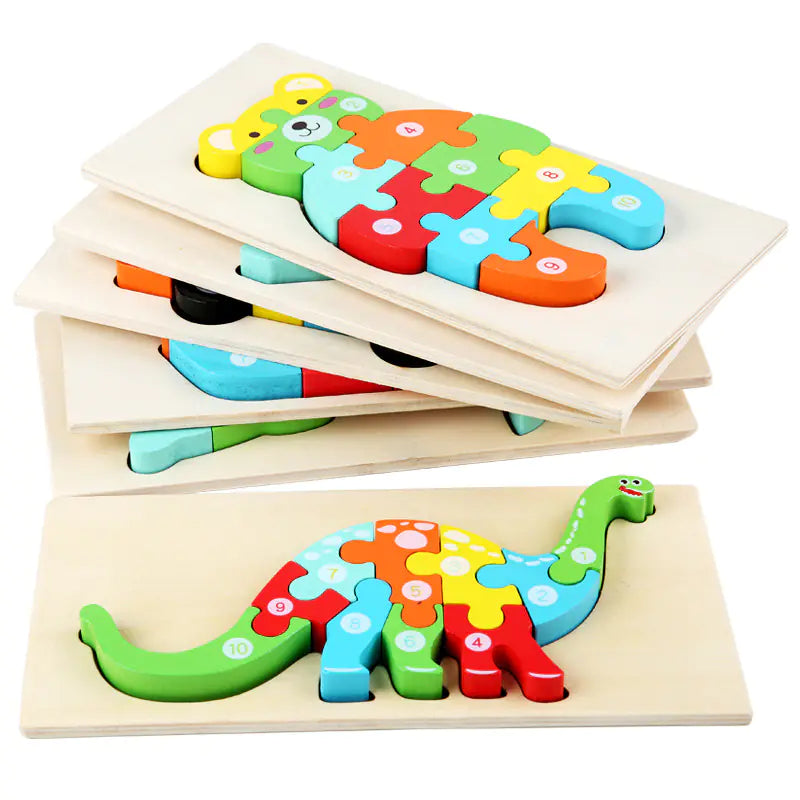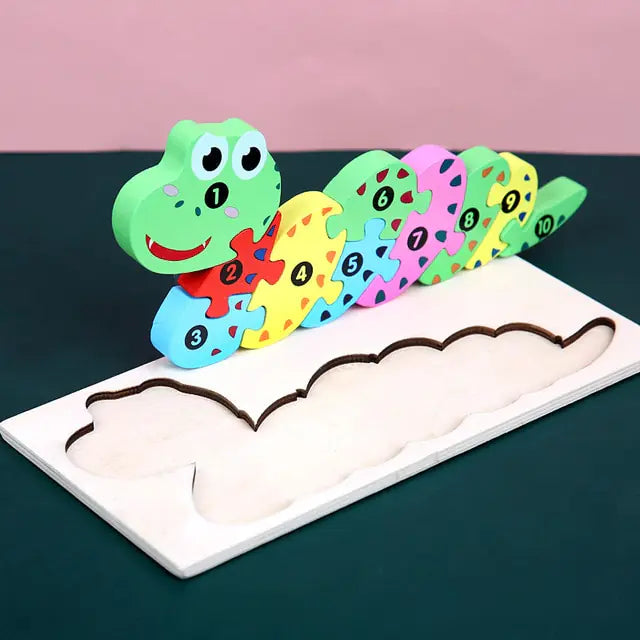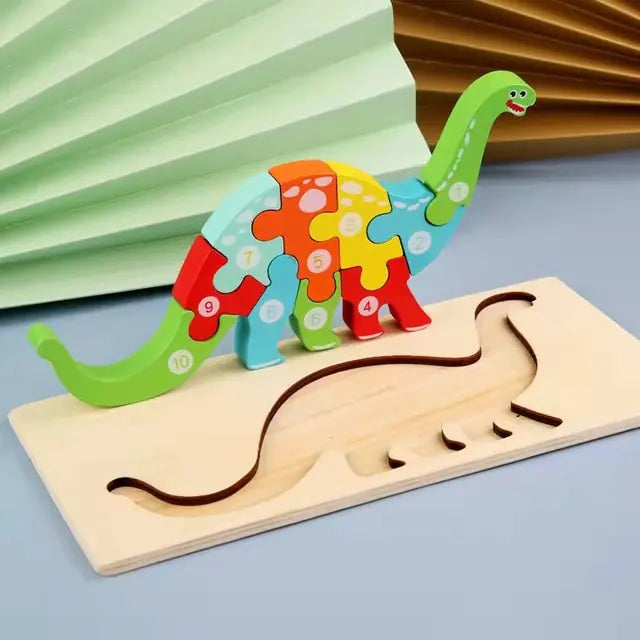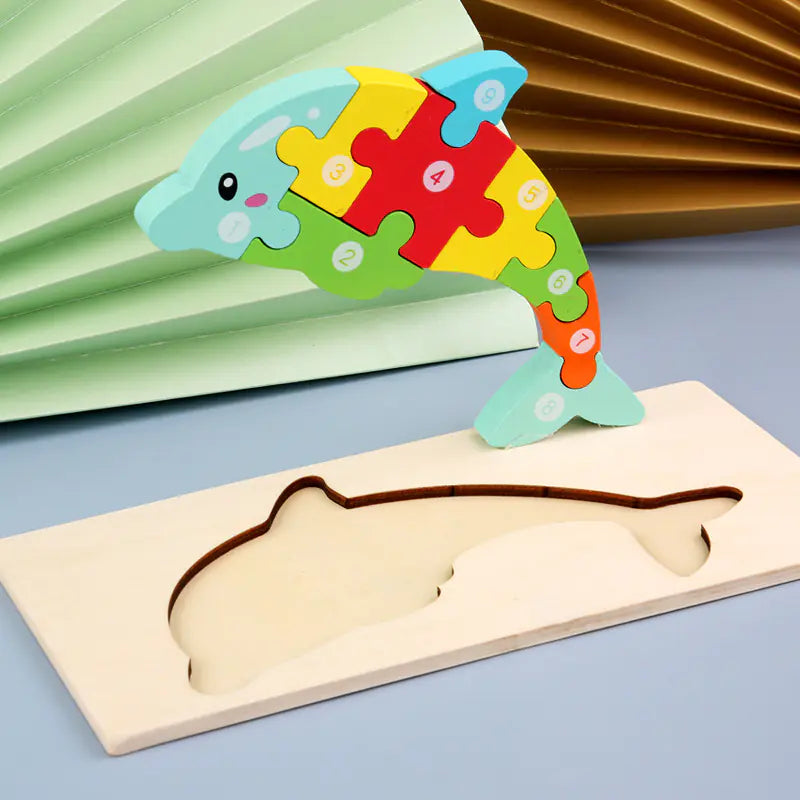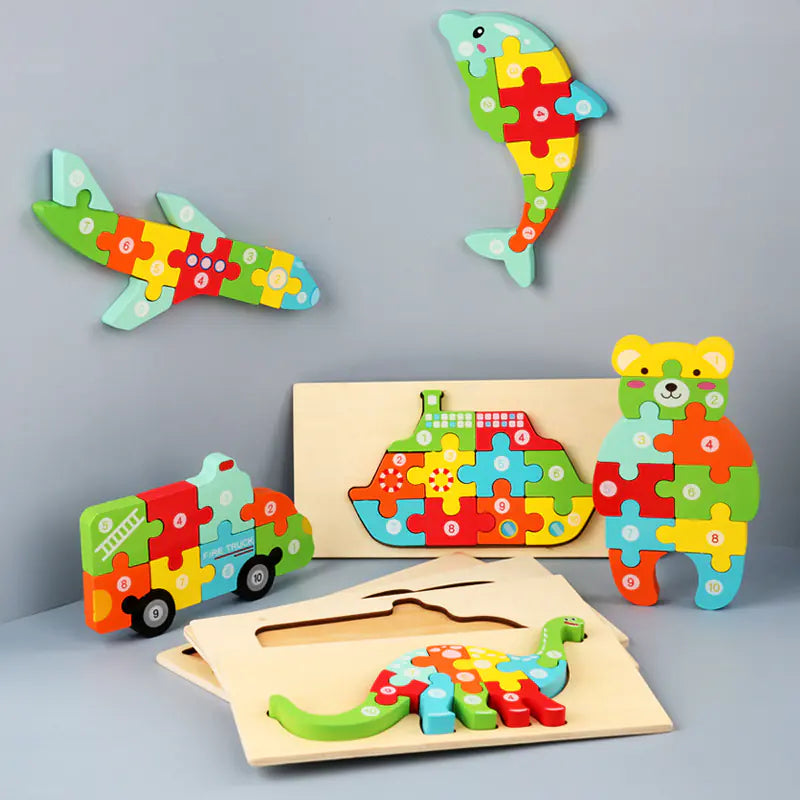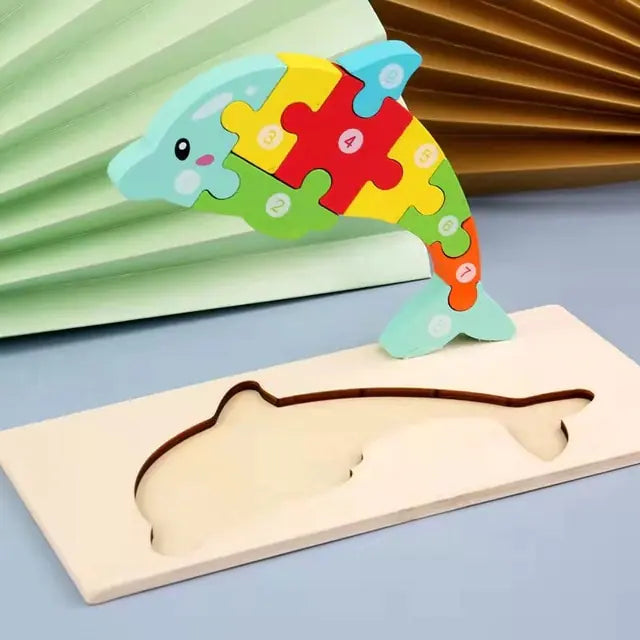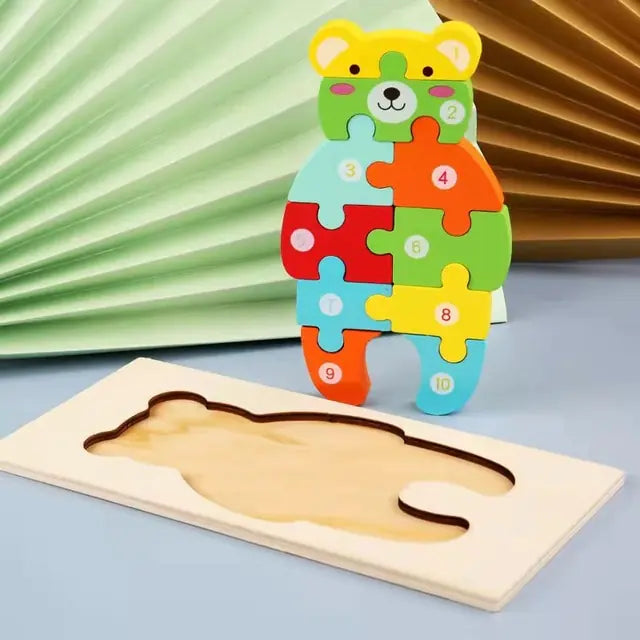STEM Toys for All Ages: Benefits & Recommendations
STEM toys are one of the best ways to mix fun and education, making them perfect for kids of all ages. Intended to nurture the spirit of inquiry, these STEM toys—short for science, technology, engineering, and math—aim to develop essential skills.
From simple building blocks to robot kits, they offer hands-on activities that engage young minds while teaching problem-solving and critical thinking. These options are flexible for different skill levels and work great for beginners and more advanced learners.
Parents and educators alike frequently buy STEM toys for their combination of fun and learning. These STEM toys provide real-life learning experiences that are both enjoyable and captivating. You’ll have fun creating a model or programming a robot!
More than that, they’re a wise investment in a child’s future development.
What Are STEM Toys
Definition of STEM Toys
STEM toys provide engaging, hands-on experiences that promote learning through play. They are created to introduce children to fundamental ideas in STEM – science, technology, engineering, and mathematics. These toys do more than inspire creativity and critical thinking; they take play to new levels by making learning immersive and tactile.
The best STEM toys are more than just learning toys. They’re hands-on toys that get kids to build, test, explore, and create. Coding kits such as Kano and robotic toys such as Sphero provide fun and engaging ways for children to understand technology. These hands-on, fun-to-play-with tools make learning enjoyable!
What makes STEM toys truly versatile is their focus on including the dynamic of multiple learning styles. Some are digital, such as apps and coding platforms; others are physical, such as building blocks or DIY kits. This flexibility makes them appropriate for use in homes and classroom settings.
Kids can build robots at home, while classrooms might use kits like Lego Education’s Spike Prime to teach engineering concepts. These toys, from a treehouse to a tent, bring STEM learning everywhere kids play.
Purpose of STEM Toys
STEM toys are designed to ignite a love for learning. They’re great for teaching important topics like math and science. They enrich children’s education, fostering essential skills such as problem-solving, spatial awareness, and creativity, all of which are applicable in the real world.
Physical toys, like magnetic tiles and engineering kits, are a fun way to learn more about concepts like gravity and balance. They interest children in ways that textbooks never did! These toys prepare children for future careers, with 70% of parents believing they can spark interest in STEM fields.
What makes STEM toys the most powerful is their ability to combine play with the classroom. Younger kids may learn early math concepts using counting cubes, while older kids can get started with robotics or coding.
Toys such as scuba-diving simulation kits help kids learn about real-world issues, like the state of marine ecosystems. By blending play with education, these toys bring even challenging concepts to life in an exciting and accessible way.
Benefits of STEM Toys
1. Build Problem-Solving Skills
STEM toys are crafted to stimulate kids, encouraging them to think critically and work to find solutions. For instance, if a child uses blocks to create a structure, they learn to balance objects while thinking about stability and design. By learning through trial and error, they’re taught to tackle problems one step at a time, increasing their capacity for methodical thought.
Toys like coding kits or puzzles encourage experimentation, helping kids understand cause and effect, material properties, and even physics. This kind of hands-on problem-solving develops confidence as kids experience a sense of accomplishment from bringing their ideas to fruitful conclusions.
Parents should look for toys such as Lego Mindstorms or marble run sets that develop these skills in a fun and engaging way.
2. Foster Creativity and Innovation
Creative thinking prospers when kids are allowed to explore with open-ended toys such as robotics kits or 3D building sets. These tools give kids the chance to bring their true imagination to life and explore designs outside the box.
For example, magnetic tiles allow creative buildings and designs, and circuit kits enable children to create working devices. Creativity is the backbone of all STEM fields and fuels innovation in technology, engineering, and more.
By encouraging imagination from a young age, these toys set kids up for a future that increasingly demands creative problem solvers. Providing toys with no predetermined results allows children to discover several approaches to play, leaving their imaginations flowing and their attention focused.
3. Develop Critical Thinking Abilities
Critical thinking is the ability to interpret information and make logical, informed choices, and STEM toys intuitively foster this ability. Toys such as programming or strategy-based board games push children to think critically and anticipate results.
Minecraft, one of the most popular educational tools, fosters kids’ ability to strategize resource management and problem-solve in a dynamic environment. Through play with these toys, children learn cognitive reasoning processes that give them a leg up in the classroom.
Parents can look for toys that help children engage in strategic planning. Escape room puzzles and coding robots are perfect examples of how these skills can be built.
4. Enhance Collaboration and Teamwork
Most STEM toys are perfect for collaborative play, motivating kids to connect and engage with one another as they pursue common objectives. Whether building a model bridge or solving a robotics challenge, collaboration calls for dialogue, compromise, and cooperation.
Toys such as cooperative board games or lab-based science kits provide plenty of ways to learn and exercise these social skills. Whether playdates, family game nights, or classroom activities, STEM toys foster environments where collaboration is second nature.
This active participation allows children to make social connections, allowing social and emotional development to flourish.
5. Support Academic Growth
STEM toys help connect what kids learn in the classroom to what they’ll use in the real world. For instance, a physics kit that shows the principle of gravity reinforces classroom instruction, reinforcing the concept.
Even for kids who aren’t necessarily terrible at math, experiential learning can help them understand concepts, such as coding toys that require problem-solving with digits. Parents can help make new concepts stick through play-based learning by incorporating STEM toys into homework and study time.
This method enhances academic achievement and fosters self-assurance in addressing complex disciplines.
6. Encourage Lifelong Learning
STEM toys help inspire curiosity, giving kids the drive to explore, experiment, and question everything around them. Their natural curiosity fuels a love for learning that extends well into adulthood.
Parents can help develop this survival mindset by playing with their children, demonstrating that the learning journey is one we all take together. STEM toys—chemistry sets, solar-powered models, robotics kits—kindle passions that can grow into lifelong pursuits or professions.
STEM jobs are growing at more than six times the rate of non-STEM jobs—24.4% vs. 4%—making early exposure to these fields even more valuable. By encouraging independent exploration, STEM toys help build the foundation for lifelong learning.
Types of STEM Toys
STEM toys nearly always include a hands-on learning aspect, but they can take many different shapes, each one encouraging different skills and interests. Whether they promote innovation or develop engineering intelligence, these toys turn education into a fun, interactive experience. Here’s our guide to the key types. Most importantly, it will empower parents to find the right options for their child’s curiosity and capabilities.
Engineering and Building Sets
These are ideal for hands-on builders and STEM creators who want to design and build. These sets develop valuable spatial reasoning skills and encourage creative problem-solving as kids design and create unique structures and mechanisms.
LEGO and its Technic line, in particular, provide great modular kits with moving parts, perfect for tweens and teens who love how things work. These gravity-powered puzzle kits put kids’ skills to the test by combining building with physics.
So much to learn, explore, and discover, these kits are great for kids age 7! These toys naturally inspire curiosity about engineering and architecture, laying the groundwork for kids to pursue these disciplines later in life.
Coding and Programming Toys
Coding toys help teach kids the basics of programming while having fun. With technology advancing quicker than ever, kids must start learning coding early.
Visual language programming tools break down complex concepts into easy, digestible ideas, and coding robots such as Botley and Dash provide screen-free fun. Botley, made for children as young as 5, promotes critical thinking by executing commands through trial and error.
Dash, another extremely popular option, teaches natural-born engineers to understand programming logic one step at a time. These toys are an excellent resource for making coding accessible and fun.
Science Experiment Kits
Science experiment kits provide a safe environment for kids to explore concepts in chemistry, biology, physics, and geology. A geode-cracking kit can teach kids about minerals, while a microscope with 60 preloaded slides introduces young scientists aged 5 and up to the microscopic world of plants, animals, and humans.
These kits are primarily designed to supplement what kids might learn in school, providing extra educational value while inspiring their curiosity. Children who play and experiment with these tools can experience the natural world in new and incredibly engaging ways.
Math and Logic Games
Math and logic games make numbers and patterns fun and interesting challenges. These tools foster greater problem-solving and critical thinking skills and help kids engagingly relate to math.
Games that involve pattern recognition or logical reasoning help to reduce stress about mathematical concepts. By making math fun and approachable, these toys prepare children for success in school and later in life.
Robotics and Automation Kits
Robotics kits combine engineering and programming principles, allowing kids to build and program their robots. For new learners, Lego Education’s Spike Prime, designed for kids eight and up, offers easy-to-follow, step-by-step guides.
The thrill of programming a robot to walk, talk, or fight robots is irreplaceable, so not only are these kits incredibly educational, but they’re also incredibly fun. Specifically, they introduce children to real-world automation concepts in a hands-on, engaging, and fun format.
Art and Design Integration Toys
STEM toys blend creativity with science, technology, engineering, and math, offering a more holistic approach to learning. They are ideal for children who gravitate towards more artistic endeavors yet aren’t as attracted to their technical STEM counterparts.
For example, kits that let kids create and construct their own creative devices double as lessons in engineering basics. This fusion of arts and technology encourages creativity and imagination and has the potential to develop a lifelong passion for innovative thinking.
Choosing the Right STEM Toys
Understand Developmental Stages
Knowing your child’s developmental stage is essential when choosing STEM toys. Early childhood, from birth to 8 years old, is a period of tremendous brain development. This happens to be a crucial window for harnessing fun learning objects.
Toddlers will get the most out of toys such as stacking blocks or basic puzzles that develop motor skills and start teaching problem-solving. Preschoolers do best with toys that inspire their imagination! Shape sorters and beginner robotics kits build their coding skills and spatial reasoning.
School-aged kids typically have the attention span for more advanced activities such as building sets, science kits, and chemistry sets. Choosing toys that don’t overwhelm but still challenge is key. Striking this balance will encourage confidence and growth.
What might be appropriate for a 6-year-old could be challenging and engaging, and suitable for a 3-year-old would be to frustrate it. Toys focusing on specific skills, such as math, engineering, or creativity, further nurture children’s development in various fields.
A multi-model building set, for instance, fosters an understanding of spatial awareness and teaches patience and critical thinking.
Match Interests with Learning Goals
Toys that match a child’s interests will help increase engagement and enthusiasm. For instance, if your child is passionate about space, a solar system model or telescope kit could ignite their imagination while educating them on astronomy.
Your budding engineer will love magnetic tiles or a build-your-own-robot kit, promoting creativity and hands-on learning. Aligning toys with broader learning goals can increase motivation. Collaborative group projects encourage effective teamwork, and exercises that develop fine motor skills help create more rewarding play experiences.
Engaging kids in the selection process goes a long way, too. When kids see themselves represented, they’re more involved with the toy and excited to discover where it can take them.
A good mix of fun and education means the toy will capture their interest while teaching them essential skills. The right toy should provide an entry point with possibilities. For instance, a game-based coding toy can make programming concepts feel approachable and fun.
Consider Age-Appropriate Features
Safety and age-appropriateness are non-negotiable. Safety toys should be age-appropriate to allow for both fun and security. Younger children, for instance, require larger pieces to avoid choking hazards, while older children may enjoy more complex designs.
Age-appropriate features, including color-coded instructions or adjustable difficulty levels, ensure seamless learning. Reading these product descriptions and reviews goes a long way.
Parents rave over many screen-free options, such as Magna-Tiles, which are creative, durable, and safe for even younger ages. For toddlers, don’t use toys with small, loose pieces or overly advanced kits that could discourage beginner users.
Focus on Hands-On Engagement
We know that hands-on learning is the best way to understand complex concepts. Toys that involve kids acting as creators—building, assembling, experimenting—provide tactile, hands-on experiences beyond what kids are exposed to.
For instance, building a circuit kit helps students learn electrical fundamentals while making it hands-on and fun. Toys that promote creativity and experimentation, like a do-it-yourself science lab or engineering kit, allow children to discover their visions.
They learn valuable lessons through trial and error. This hands-on learning develops their confidence and critical thinking, giving them a solid base to learn more advanced STEM concepts.
Look for Versatile and Expandable Options
Versatile toys, like building sets or modular kits, grow with your child, and continue challenging them as they develop new skills. Products such as magnetic tiles or Lego sets can be reimagined in infinite ways, providing new projects and challenges in the future.
Expandable options translate to long-term value. Best of all, these toys are interesting for years and develop with the child, so they save money in the long run.
An early learner might use Magna-Tiles to create essential buildings or shapes. As their spatial reasoning progresses, they can take on increasingly complex builds. Durable toys will be more attractive to kids, so they’ll stay focused but learn more over time.
STEM Toys for Different Age Groups
STEM toys are developed to be age-appropriate at each level, fostering new skills and creativity through each development phase. Products that align with every age group's skill level and encourage exploration, wonder, and problem-solving can address every age group's needs.
Choosing age-specific STEM toys ensures that children engage with activities that support their skills and interests, laying the groundwork for lifelong learning. Well-selected toys increase the power of play as a learning tool by leaps and bounds. They ignite a passion that encourages kids to pursue more profound concepts as they mature.
Early Years and Preschoolers
Fostering STEM concepts in early childhood prepares children with the necessary building blocks to succeed. Toys such as counting blocks or shape sorters introduce early arithmetic and geometry concepts.
Sensory toys like water tables or playdough help build fine motor skills while sparking sensory exploration. For children ages three and older, coding toys help toddlers develop logic and pattern recognition with engaging activities.
This hands-on, play-focused approach to learning at this critical age encourages natural curiosity and a joy of discovery, building a sturdy foundation for all future learning.
Elementary School Children
For younger, elementary-aged kids, STEM toys can help reinforce core subjects such as math and science. Magnetic options, such as Clixo’s flexible pieces (ages 6+), inspire open-ended creation while helping to build spatial and problem-solving skills.
Crayola Color Chemistry sets (ages 7+) combine chemistry and creativity so kids can color and create while developing their scientific skills. Many toys align with school curriculums, reinforcing classroom lessons.
Collaborative toys, such as various building sets, encourage teamwork and critical thinking, assisting kids in developing both academic and social skills.
Middle School Learners
Middle schoolers are ready for toys that explore more complex concepts. Coding kits, robotics, and engineering sets inspire and challenge developing minds.
Lego Spike Prime kits (for ages 9-12)—the new generation of Legos stimulates problem-solving and hands-on creativity. Learners dive deeper into independent projects, like designing circuits or building robots, allowing them to explore STEM topics independently.
These are key years for igniting passion, as children in those early elementary-level grades often find the spark that informs their educational paths later in life.
Teenagers and Advanced Learners
For teens, more sophisticated kits such as Osmo hardware or advanced robotics sets offer real-world applications of STEM principles. These toys introduce kids to STEM fields and actively teach essential coding, engineering, and design skills.
Hands-on initiatives like constructing drones or developing applications foster innovation and prepare students to think critically. Encouraging independent learning during these formative years will help motivate teens to follow their passions into STEM careers with self-assurance.
How STEM Toys Encourage Learning
STEM toys are great resources that foster education through fun by integrating entertainment with hands-on learning. These toys take intimidating new ideas at their best and distill them into hands-on, interactive experiences that bring boring learning to life. For example, an engineering building set would introduce children to engineering concepts while they work on balancing the structures.
Playtime is important for kids because it helps them absorb lessons more organically. It also deepens their understanding and makes new concepts stick.
Promote Curiosity and Exploration
Curiosity is a powerful force for learning, and STEM toys tap into this by encouraging hands-on exploration. Toys such as science kits or coding games allow children to explore without limits, transforming questions into exciting discoveries. Open-ended play, where there isn’t a correct answer, fosters creativity and a richer sense of exploration.
By offering various STEM options—robotics for tech lovers or chemistry sets for budding scientists—parents can inspire kids to explore different fields and help them connect play to learning.
Teach Real-World Applications
STEM toys help fill that gap by connecting the dots between abstract concepts and their real-world applications. A basic marble run can teach the principles of gravity or momentum, and a solar-powered car kit gives kids a first look at renewable energy. These toys link play to the real world, showing kids how science and technology address real life challenges.
Parents can help children grasp STEM concepts by talking about real-world examples. For instance, they might discuss how engineers design bridges or how computer scientists create apps.
Build Confidence Through Challenges
A big part of this process is overcoming challenges, which is a core experience of STEM education. Whether it’s a traditional puzzle or a problem-solving activity such as coding challenges, toys that engage kids’ brains enhance focus and perseverance. Kids gain confidence and learn perseverance with each success, no matter how minor.
Parents have a significant role to play by providing motivation but allowing kids space to figure things out on their own. This equilibrium builds children’s sense of accomplishment, making them more willing to tackle the next challenge head-on.
Examples of Popular STEM Toys
Creative Construction Sets
Creative construction sets are excellent tools for igniting kids' inspiration while educating them on essential engineering concepts. LEGO sets are a fantastic way for kids to learn spatial reasoning and problem-solving skills while having fun building and designing structures. Names like Lego Education’s Spike Prime are getting attention due to their hands-on learning approach.
Spike Prime is a DIY kit that provides everything needed to build your own robots and instructs kids in both construction and programming. In a few afternoons, my children went from absolute neophytes to creating robotics programs. In that case, Clixo is an excellent option! Its vibrant, magnetic tiles effortlessly connect on all sides, allowing an immersive, creative STEM experience for kids of any age.
OffBits kits offer a more challenging build experience for older kids. Do supervise them, as these kits often include small parts that should be used under adult supervision. By experimenting with these sets, kids can push the boundaries of their imagination and hone their critical thinking skills while having a blast. Experimenting with a few sets will help parents identify the best fit for their child’s interests and abilities.
Interactive Coding Robots
Interactive coding robots provide a fun, hands-on experience that gets kids excited about programming from an early age. These toys allow kids to program simple codes to control the robots, offering an interactive and fun introduction to the basics of coding. Ozobot Evo is a tiny robot that merges fun with education.
Though often used in traditional school settings, my 10-year-old was thrilled to experiment with it outside of school at home. Robotical’s Marty robot is another big hit, built for beginners and more advanced learners. Marty can be controlled with colored cards, allowing younger children to learn the fundamentals of coding quickly.
These robots target multiple skill levels, so children of all ages and abilities are challenged to think and create at an appropriate level. Parents playing just as much as their kids can enhance the learning experience while spending quality time together. Coding robots take the abstract concepts of code and put them in kids' hands to more readily understand things like coding logic and sequence.
These tools provide an excellent opportunity for parents to help their kids discover a love for technology.
Hands-On Science Kits
Hands-on science kits provide kids the opportunity to experiment and explore fundamental scientific principles in a fun way. These kits offer real-world applications that help students grasp complex, sometimes daunting, abstract concepts. This one from Crayola’s Color Chemistry set is no exception!
It includes 16 colorful experiments straight out of the box and over 50 more experiments using everyday household items. Topics include chemistry and biology, making for a diverse learning adventure. Parents and teachers can help kids explore these activities, stimulating their imagination and fostering a lifelong love for science.
Science kits are a great way to inspire curiosity and make science fun! They allow kids to explore topics they wouldn’t learn about in a typical school setting. Beyond teaching new concepts, these kits inspire kids to inquire, tinker, and explore to discover things themselves.
There is such a variety available that parents can be sure to find kits that match their child’s age and interests.
Logical Puzzle Games
Games that require players to solve logical puzzles are great for developing critical thinking and problem-solving skills. These games usually feature immersive challenges that lure kids in, drawing them into deeper levels of strategic thought. Many options cater to a broad range of age groups, from simple wooden puzzles for toddlers to complex logic games for teens.
Collaborative puzzles can also provide a social element, letting siblings or friends tackle them together. Logic games such as Rush Hour and Gravity Maze are very popular. They offer different levels of difficulty to suit all skill sets.
These engaging puzzles encourage kids to learn the importance of persistence and creative problem-solving. Parents should look for opportunities to try various puzzles—both physical and digital—to see what works best. These games help hone problem-solving skills and prepare kids to tackle real-life challenges.
They’re a great complement to any other STEM-related toys.
Artistic STEM Tools
Artistic STEM tools blend creativity and technical exploration, providing a unique way to engage with STEM concepts. These toys take tinkering to a new level, letting kids build their artful creations while learning concepts such as geometry or circuitry. Products like Crayola’s art sets inspire kids to take risks with their colors, patterns, and designs—turning art into a science!
Meanwhile, older kids can let their imaginations run wild with 3D printing pens and digital drawing pads. These devices empower them to imagine and create in ways that were never possible. These activities help kids develop artistic expression alongside STEM-related skills, which can be particularly engaging for those who enjoy hands-on projects.
Parents can encourage their kids to create projects that use these new tools. This model supports creativity and innovation and promotes deeper learning. STEM toys that encompass the arts help kids enjoy learning!
They show how seamless art and science can be.
Tips for Engaging with STEM Toys
Set Up a Learning Space
An engaging, thoughtfully created play and learning space can make STEM play more inviting and practical. Begin by clearly labeling materials such as Lego, LittleBits, or Robot Turtles displayed in bins or on shelves. Accessibility is essential—make it all accessible so kids are naturally invited to investigate independently.
Include comfortable seating and appropriate lighting to establish an inviting, cozy, and productive atmosphere. Additionally, a dedicated space makes clear that STEM activities are a priority. They genuinely inspire students, leading them to connect more deeply with their learning.
Encourage Open-Ended Play
Open-ended play gives kids the freedom to explore STEM toys without strict guidelines. Toys that can be reused differently, such as Lego Boost or Dash, are excellent. Don’t force specific, rigid results, but allow children to take their imaginative play wherever they want to go to encourage early innovators and explorers.
For example, building their robot or creating a music sequence can teach problem-solving while keeping activities fun and engaging.
Participate in Activities Together
Being part of STEM play with your child isn’t just a chance for both of you to learn together—it’s a unique time to connect. Whether they’re building with LittleBits or coding Dash, collaborative creations foster necessary cooperation and discussion skills.
Dive into coding concepts with board games such as Robot Turtles or experiment with creating music together to mix creativity with engineering know-how. Your presence communicates to them that you care about their development, and it helps make playtime more fulfilling.
Provide Positive Reinforcement
Support and encouragement are crucial to maintaining kids’ interest and motivation. Recognize those small milestones, whether finishing that Lego Boost build or figuring out that coding challenge. When doing complex tasks, give positive feedback to help their spirits and confidence.
Think about creating a basic incentive structure for your achievements. Dash apps to unlock additional playtime or dive into fun STEM kits that inspire creativity and innovation! Positive reinforcement will turn your child’s curiosity into passion and make them more resilient.
Encouraging STEM Skills Beyond Toys
Explore Outdoor STEM Activities
Outdoor activities provide a fantastic opportunity for children to learn STEM concepts organically. Gardening, for example, helps kids understand the biology of plants, the dynamics of whole ecosystems, and even introductory chemistry by testing soil pH.
A hike is a great way to ignite that curiosity as children explore geological formations, identify insects, or track wildlife. Setting up a backyard weather station will get them excited to measure rainfall or temperatures, bringing them one step closer to a future in meteorology.
These hands-on experiences immerse kids in the natural world, sparking wonder and inspiring innovative thinking outdoors or in the classroom. Fortunately, nature herself is often the most captivating classroom.
Introduce Real-Life Problem Solving
There are opportunities all around daily life to practice applying STEM concepts. Parents can engage children with everyday activities, like planning a family vacation that includes budgeting, mapping routes, and scheduling activities.
Cooking is another excellent example—measuring ingredients adds some early math while altering recipes engages some chemistry. Projects like building a birdhouse or fixing household items encourage kids to think critically, solve problems, and understand engineering principles.
Both of these experiences foster fundamental STEM abilities and develop confidence.
Support STEM-Related Hobbies
Encouraging STEM hobbies gives children space to follow their interests and develop their skills. Whether they join a coding club or participate in a science fair, we give them opportunities to practice real-world applications of STEM.
Robotics competitions foster cooperation and creative problem-solving, and video games such as Minecraft help make programming concepts intuitive through exploration and innovative building.
Physical board games such as Robot Turtles allow kids to learn the basic concepts of coding in an entertaining manner. Parents can support these interests by providing tools, resources, and encouragement to pursue activities that spark their curiosity and creativity.
STEM toys provide an excellent opportunity to introduce kids to critical concepts engagingly while developing essential skills. They bring learning to life dynamically and engagingly, teaching children how science, technology, engineering, and math are all around us daily. From coding robots to STEM building kits, these toys will evolve with your child while developing their problem-solving skills.
The best toy is developmentally appropriate and captures your child’s interest. Seeing them explore, solve problems, and think new ways makes playtime much more valuable. Pairing STEM toys with real-world examples or activities can further enhance their understanding and keep them more engaged.
STEM toys aren’t only fun and games; they provide kids with the tools to explore a world of infinite possibilities. Explore options now and build a world where learning and play are the same.
Frequently Asked Questions
What are STEM toys?
STEM toys are a great way to spark your child’s interest in STEM subjects. They turn education into a joyful experience by promoting critical thinking, imagination, and creative exploration.
What are the benefits of STEM toys?
STEM toys are a great way to promote critical thinking, encourage imagination, and strengthen problem-solving skills. They also excite kids about their futures, improve their prospects in STEM careers, and instill a lifelong love of learning.
At what age can kids start using STEM toys?
STEM toys are even made for children as young as one year old! Choose options appropriate to the child’s age, like essential stacking toys for toddlers or coding kits for school-aged kids.
How do I choose the right STEM toy?
Choose a toy appropriate for your child’s age, interests, and skill level. Make sure it’s not frustrating, but it’s a little bit challenging. Choose toys that come with well-written instructions and are made of safe, durable materials that will last.
How do STEM toys encourage learning?
The best STEM toys take complicated ideas and create exciting, interactive adventures. They inspire kids to think critically, solve problems, experiment, and explore, creating real hands-on learning experiences that are exciting and unforgettable.
Can STEM toys be used for group activities?
Yes, most STEM toys are conducive to cooperative play. They foster teamwork, communication, and collaborative problem-solving, all key 21st-century life skills.
Are STEM toys only for kids interested in science?
No, STEM toys are for all kids! They ignite wonder, imagination, and inspiration to explore the world around them—no matter what excites your child. They’re flexible, and they build skills that are foundational for all of the STEM subjects.
